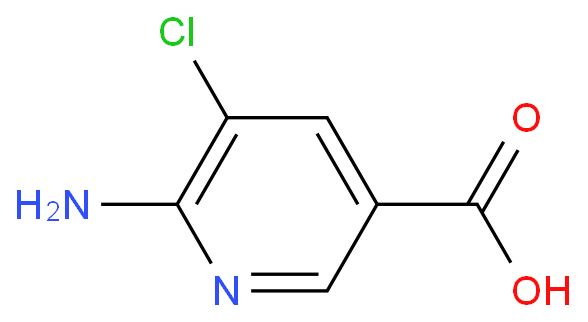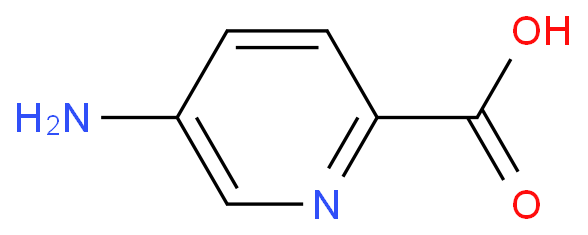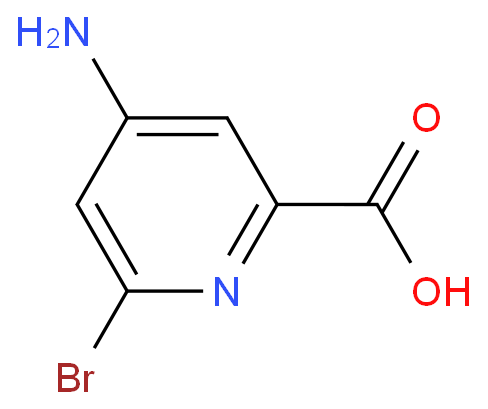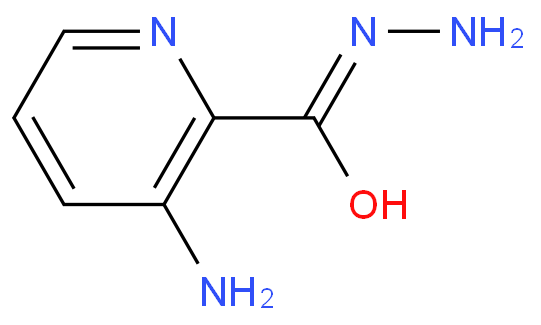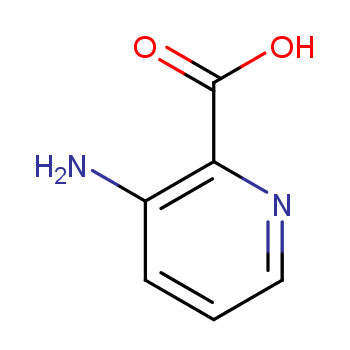Basic features
3-Amino-2-pyridinecarboxylic acid (3-Amino-2-pyridinecarboxylic acid) is also known as 3-amino-2-carboxylic acid pyridine and 3-amino-2-pyridinecarboxylic acid. Its molecular formula is C6H6N2O2 and its molecular weight is 138.12 , CAS number is 1462-86-8, it is solid at room temperature, melting point is 218-220°C, and is soluble in acetone, ethanol and methanol.
Synthesis method[1]
In early work, synthetic workers used many cheap starting materials to synthesize 3-Amino-2-pyridinecarboxylic acid (1), mainly derivatives of quinoline and 8-hydroxyquinoline. They first convert the starting materials into 5,7-dinitro-8-hydroxyquinoline, and then undergo a two-step reaction to obtain 2,3-pyridinedicarboxylic acid, which is then converted into 3-aminopyridine 2-carboxylic acid. acid. This not only complicates the reaction steps, but also lowers the overall yield.
Cao Xiaoping and others from the State Key Laboratory of Applied Organic Chemistry, School of Chemistry and Chemical Engineering, Lanzhou University discovered during the experiment that 8-hydroxyquinoline can be directly oxidized to 2,3-pyridine in one step by controlling the reaction conditions with fuming nitric acid. dicarboxylic acid (6), thereby simplifying the experimental steps and increasing the yield to 86% (as shown in the figure below). Compound 6 reacts with acetic anhydride to generate 2,3-pyridinedicarboxylic anhydride (7). 7 does not require isolation and purification. It reacts directly with amine acetate to obtain 2,3-pyridinedicarboximide (8). 8 is in hypobromide. Under the action of sodium acid, rearrangement occurs to generate the target product 3. Aminopyridine-2-carboxylic acid (1) and a small amount of by-product 2-aminopyridine-3-carboxylic acid, 2-aminopyridine-3-carboxylic acid can be removed by recrystallization.

In addition, Japan Vanyo Pharmaceutical Co., Ltd. [2] provides a method for preparing 3-Amino-2-pyridinecarboxylic acid using 3-nitropyridine-2-carboxylic acid: in distilled water (20 mL) were dissolved in 3-nitropyridine-2-carboxylic acid (2.72g, 16.2mmol) and sodium bicarbonate (1.34g, 16.2mmol), and the atmosphere in the system was replaced by nitrogen. After adding 10% palladium on carbon (1.72 g), the atmosphere in the system was replaced by hydrogen and the mixture was stirred at room temperature for 50 hours. Add 1N hydrochloric acid aqueous solution and adjust the pH of the reaction solution to weak acidity. The solvent was distilled off under reduced pressure, a small amount of ethanol and ethyl acetate were added to the residue, and the resulting precipitate was filtered off. The filtrate was concentrated to obtain the target substance (1.50 g, 67%) as a light yellow solid.
Application
3-Amino-2-pyridinecarboxylic acid is mainly used in pharmaceutical synthesis.
(1) Synthesis of 3-mercaptopyridine 2-carboxylic acid[1]
Diabetes is a metabolic disorder caused by insufficient insulin secretion. Its main symptoms are accelerated gluconeogenesis and elevated blood sugar concentration. The main methods of drug treatment at present include: stimulating the secretion of insulin, enhancing its activity, accelerating the oxidation of glucose and inhibiting gluconeogenesis. Studies have found that compounds containing n-pyridinecarboxylic acid structures have good inhibitory effects on gluconeogenesis. Among them, 3-mercaptopyridine 2-carboxylic acid (4) is a good agent for lowering blood sugar, and 3-Amino-2-pyridinecarboxylic Acid (1) is the precursor for the synthesis of 3-mercaptopyridine 2-carboxylic acid (4), which can be synthesized through the following route:
(2) Synthesis of fused-ring 4-oxo-pyrimidine derivatives[2]
Specific fused ring 4-oxo-pyrimidine derivatives can be used as histamine H3 receptor antagonists or inverse agonists. Histamine H3 receptors exist in the presynaptic membrane of central or peripheral nerve cells. Functions as an autoreceptor, controlling the release of histamine and also the release of other neurotransmitters. That is, histamine H3 receptor agonists, antagonists, or inverse agonists modulate the release of histamine, norepinephrine, serotonin, acetylcholine, or dopamine from synaptic terminals. The release of the above neurotransmitters is inhibited by histamine H3 receptor agonists such as (R)-(α)-methylhistamine, and is inhibited by H3 receptor antagonists or inverse agonists such as thioperamide Promote.
Japan Vanyo Pharmaceutical Co., Ltd. uses 3-Amino-2-pyridinecarboxylic acid, acetic anhydride and 4-(3-piperidin-1-ylpropoxy)aniline·mono(toluenesulfonic acid) salt as raw materials, Fused ring 4-oxo-pyrimidine derivatives were synthesized. The synthesis method is as follows:
A) Mix 3-Amino-2-pyridinecarboxylic acid (72.9mmol) and acetic anhydride (160mmol) and stir at 130°C for 2 hours. The reaction solution was concentrated under reduced pressure, and the residue was dissolved in methylene chloride. The organic phase was washed with saturated aqueous sodium bicarbonate solution and distilled water in sequence, and dried over anhydrous sodium sulfate. The sodium sulfate was filtered off and concentrated to dryness to obtain intermediate compound I as a colorless solid.
B) Dissolve intermediate compound I (0.42mmol) and 4-{3-[(3S)-3-methylpiperidin-1-yl]propoxy}aniline·-( toluenesulfonic acid) salt (0.42 mmol) and stirred at room temperature for 20 hours. Acetic acid was distilled off under reduced pressure, ethyl acetate and 1N aqueous sodium hydroxide solution were added, the mixture was extracted with ethyl acetate, and dried over anhydrous sodium sulfate. After purification by silica gel column chromatography (chloroform/methanol=20/1), the target compound was obtained by recrystallization (ethyl acetate/diethyl ether) as colorless crystals.
References
[1] Cao Xiaoping, Wang Feng, Guo Shu. Synthesis study of 3-Amino-2-pyridinecarboxylic acid[C] Chinese Chemical Society 2000 Academic Conference. 2000.
[2] [Chinese invention patent] CN200580004939.4 Condensed ring 4-oxo-pyrimidine derivatives.




![2-Pyridinecarboxylicacid,3-[(1-oxopropyl)amino]-(9CI)](https://structimg.guidechem.com/3/3/105902.png)
